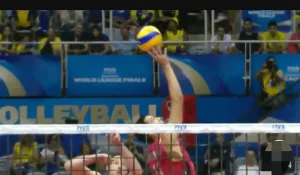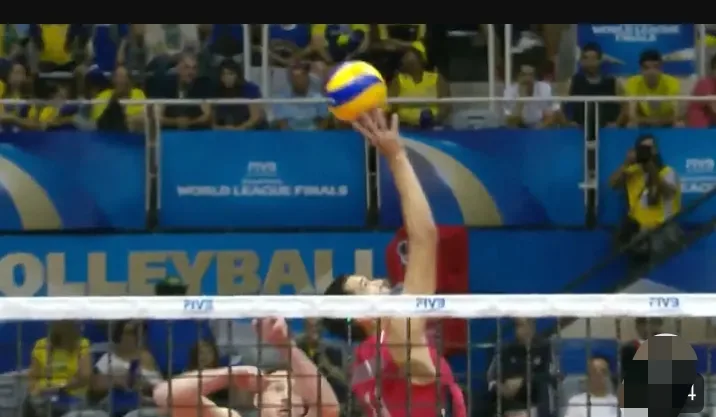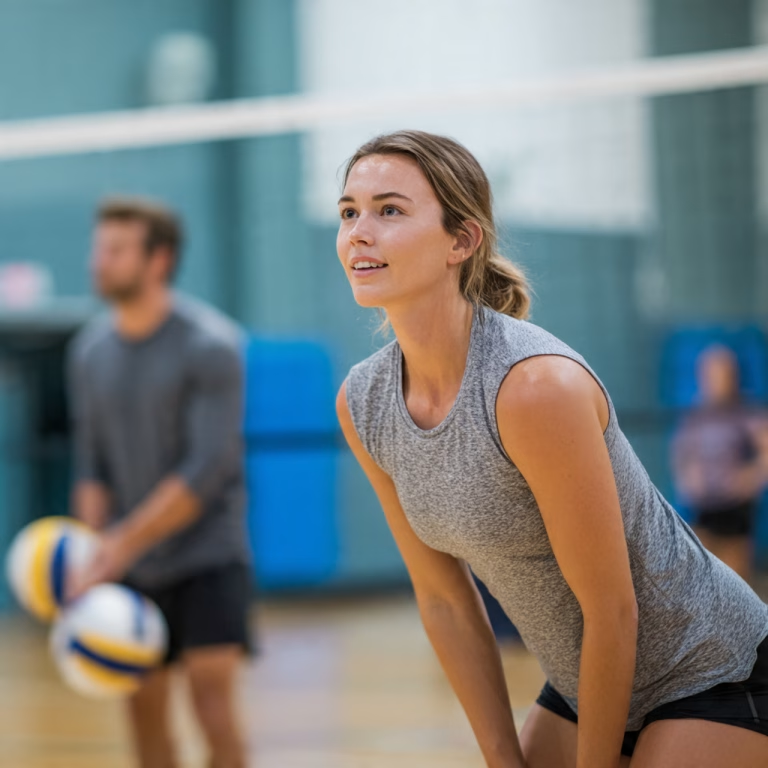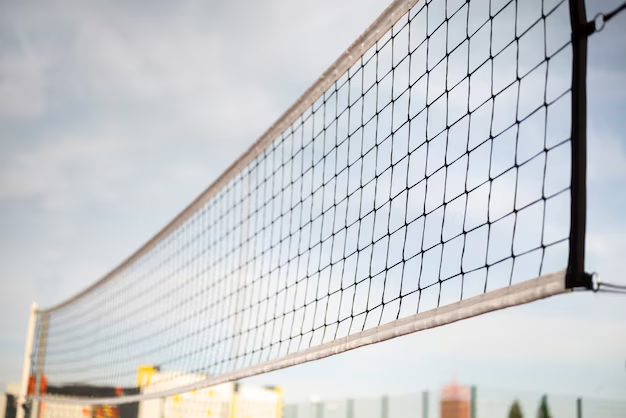Passing is one of the most important skills in volleyball, and there are many different ways to execute it.
One unique and challenging technique is the one-hand pass. In this article, we’ll explore the type of one-hand pass in volleyball, when it’s used, and how you can improve your skills to become a more versatile player on the court.
What is a One-Hand Pass in Volleyball?

A one-hand pass is exactly what it sounds like—a pass that involves using only one hand to direct the ball to your teammates.
This technique is often used in emergency situations where a player can’t get into the proper position to use both hands for a traditional pass. Instead, the one-hand pass allows them to keep the play alive, saving what might otherwise have been a point lost to the opposing team.
Type of One-Hand Pass in Volleyball
Let’s look into the different types of one-hand passes in volleyball that players commonly use:
1. The Open Hand Pass
The open-hand pass is used when a player needs to send the ball upward with control but is in an awkward position. Players often use this type of one-hand pass when they’re too far from the ball to use both hands.
By extending their arm and using an open palm, they can generate enough lift to keep the ball in play.
Example: Imagine a libero diving to save a spiked ball from the opposing team. With no time to get into a proper stance, they extend one hand and manage to pop the ball up for a teammate to set it up for an attack.
2. The Underhand One-Hand Pass
This type of pass is used when a ball is low and fast, requiring quick reaction time. The player uses their underhand to scoop the ball upward, redirecting it to a teammate. This pass can be a lifesaver in tight moments when the ball is just inches from the ground.
Example: In a high-pressure match, the setter makes a bad pass. The defensive specialist quickly reacts, uses their underhand to keep the ball from hitting the floor, and successfully sends it back into play.
3. The Backhand Flick
This is a rare but effective type of one-hand pass. When a player is facing away from the net or in a tricky angle, they can use the back of their hand to flick the ball toward a teammate. The flick is often used as a last resort but can surprise the opposing team when executed well.
Example: A player running to the back of the court to retrieve a ball that’s out of reach might not have time to turn around, so they instinctively flick the ball backward with one hand to keep the rally alive.
4. The Stretch Pass
The stretch pass is when a player uses an extended arm to reach for a ball that’s just outside of their typical range. The focus here is on maintaining balance while reaching far for the ball to ensure accuracy in the pass.
Example: During a defensive scramble, the libero stretches out their arm, just barely touching the ball with their fingertips, sending it up high enough for a teammate to play it.
Read more: 7 Types of Passes in Volleyball
When to Use a one-Hand Pass in Volleyball
Knowing when to use a one-hand pass is crucial. These passes are best used in emergency situations, such as:
- When the ball is spiked quickly and you don’t have time to get both hands on it.
- When diving to reach balls that are going out of bounds.
- When you are out of position but need to make a quick defensive move.
Players should practice recognizing these moments so they can react instinctively and make the right decision on the fly.
See Also: Volleyball Positions and roles
How to Improve Your One-Hand Passing Skills
Mastering the type of one-hand pass in volleyball takes practice, coordination, and focus. Here are a few drills to help you get better at it:
- Hand-eye coordination drills: Practice hitting targets with one hand to improve accuracy.
- Footwork drills: Work on positioning your feet quickly so you can reach the ball in time to make a one-hand pass.
- Balance exercises: Keep your core strong to maintain balance while executing a one-hand pass, especially when stretching or diving.
Difference Between Two-Hand and One-Hand Passes
While the traditional two-hand pass provides more control and accuracy, the one-hand pass is a vital tool in situations where you need to react fast. A two-hand pass is used for general play and is the go-to technique for most situations, but the one-hand pass is your emergency backup.
FAQs About One-Hand Pass in Volleyball
1. When should I use a one-hand pass in volleyball?
You should use a one-hand pass when you’re in an emergency situation where you can’t get into position for a two-hand pass. This could be during a fast spike, a ball that’s going out of bounds, or any other time when you need to react quickly to save the play.
2. How do I improve my one-hand passing technique?
Improving your one-hand pass requires a lot of practice. Focus on drills that enhance your hand-eye coordination, footwork, and balance. You can also practice passing against a wall using one hand to improve your accuracy.
3. Is a one-hand pass legal in volleyball?
Yes, a one-hand pass is legal in volleyball as long as the ball is hit cleanly without holding or lifting it. The key is to make sure the ball is directed properly and not caught or thrown.
4. Can a one-hand pass be used offensively?
While it’s rare, some players may use a one-hand pass in an offensive manner, especially in a surprise play or when performing a backhand flick to outsmart the opponent. However, it’s primarily a defensive tool.
5. Who are some players known for using the one-hand pass?
Libero players are often the ones most skilled in using one-hand passes, as their role requires quick reflexes and the ability to save difficult balls. Many professional liberos are famous for their ability to execute this move, such as Erik Shoji and Jenia Grebennikov.
In conclusion, mastering the type of one-hand pass in volleyball can elevate your game, giving you a valuable skill for those critical moments when a standard pass just won’t do. Keep practicing, stay agile, and you’ll be diving and saving balls with ease!




